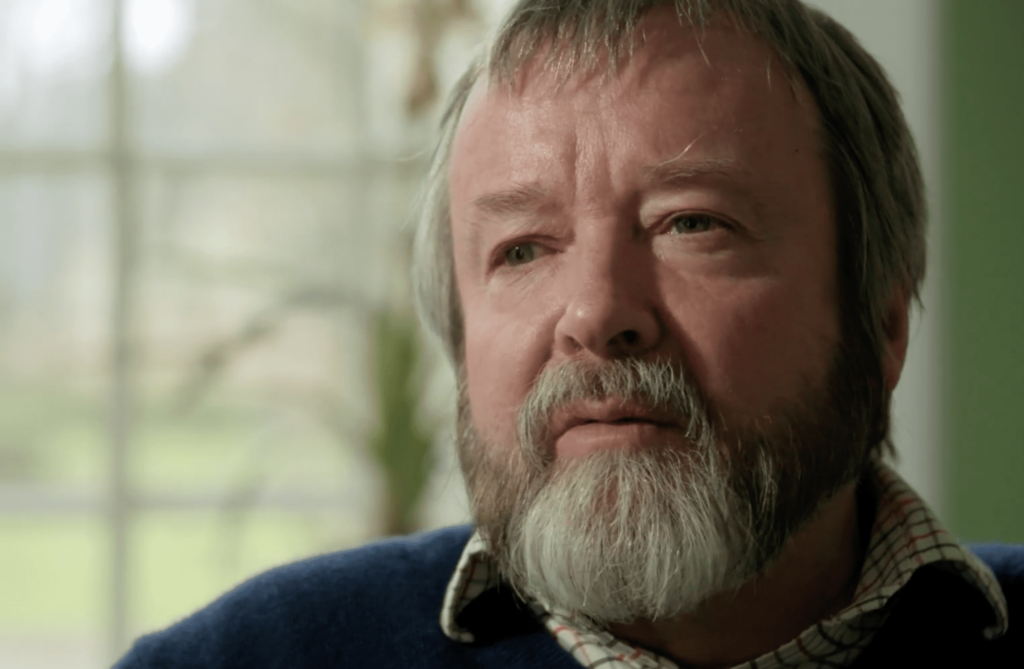The Master and His Emissary: Summary
By Jonathan Gaisman at The New Criterion

The Master and his Emissary (2009) was twenty years in the realization. The book, like the brain, is in two halves. The first starts by asking the question: why have we evolved to have the asymmetric brains we possess? It then examines the ever-growing corpus of neurological evidence that the two halves of the brain, albeit in a healthy person they are in constant cooperation and communication, do indeed perceive the world in radically different ways. The differences in the way in which the two hemispheres attend to the world also provide the substantive point of departure in The Matter With Things, which traverses in greater detail and with ample and updated citation of sources the basis for the clinical claims in the earlier book. The intention and effect are to put the hemisphere hypothesis itself beyond serious argument.
In summary, what McGilchrist explains is this: The external world is initially encountered by the right hemisphere (RH); the function of the left (LH) is to process and analyze the product of that encounter. The RH is concerned with understanding the world, the LH with manipulating it. Language is intimately related to manipulation, as is the grasp of the right hand, hence both are primarily located in the LH. The LH deals with the specific, the detailed, the fragmentary, the foregrounded; the RH is concerned with the whole picture—the Gestalt. The RH focuses on what is new and is alive to the possible; the LH focuses on the familiar and certain. The RH’s ability to entertain uncertainty equips it to deal with things the LH does not understand: ambiguity, metaphor, irony, humor. The LH world tends to fixity and stasis, the RH towards dynamism and flow. The LH sees things as explicit and decontextualized—hence literally; the RH has an eye for the implicit and the context. The LH is the hemisphere of the inanimate (including tools—though fascinatingly not musical instruments), while the RH prefers the animate. The RH is largely the hemisphere of music and empathy. An imbalance in favor of the LH is associated with autism and schizophrenia. Countless studies demonstrate that in many matters the LH is obtuse, overconfident, inclined to confabulation, angry, and often wrong.
The Master and his Emissary proceeds to explore the implications of our two views of the world. These include the nature of language, its relationship to music (including which came first), and philosophical questions about the nature of reality itself. Characteristically, McGilchrist occupies a middle position between pure subjectivity and objectivity: we do not create the world in our own imaginations, nor do we passively respond to a complete world “out there.” Rather we are in a responsive relationship with the world in which each calls forth something in the other, like the relationship between the sculptor’s hands and the block of marble. Only with the rise of the phenomenological school of philosophy on the European continent in the twentieth century did such ideas begin to find common expression. Writers such as Husserl, Merleau-Ponty, Heidegger (qua pure philosopher, not Nazi fellow-traveler), Scheler, and the later Wittgenstein are a world away from the arid, LH-dominated limitations of much that came before.
Given its nature, the RH should be the master in the task of understanding the world, to which the more precise and limited insights of the LH are returned and reintegrated in a transformative process for which McGilchrist adopts the Hegelian term Aufhebung. The result is a unified and enriched vision of reality. But what if the emissary should cease to acknowledge the superior, holistic view of his master and, like the sorcerer’s apprentice in the old story, seek to take control himself?
Read the rest at The New Criterion (subscription may be required)
Related:





